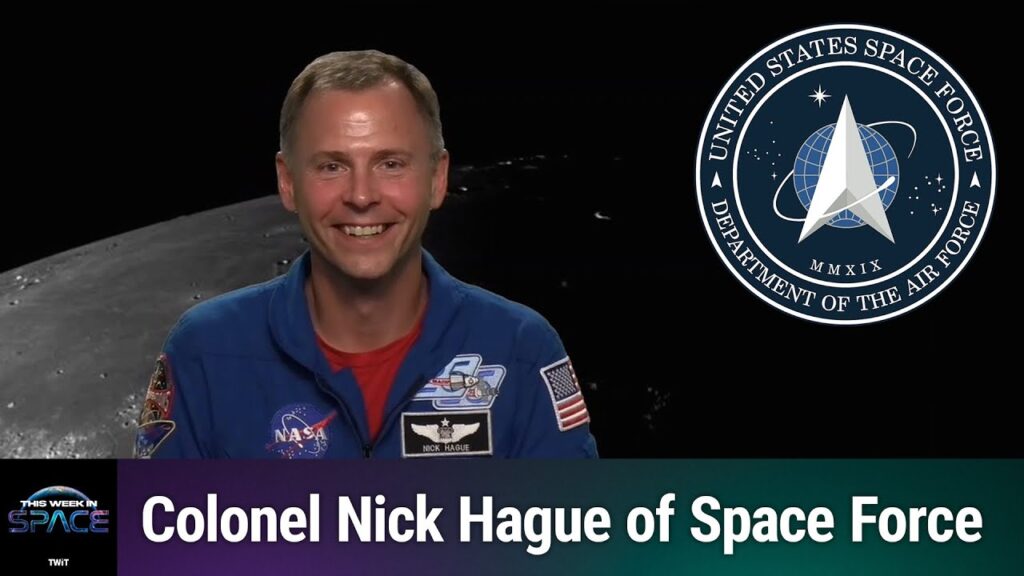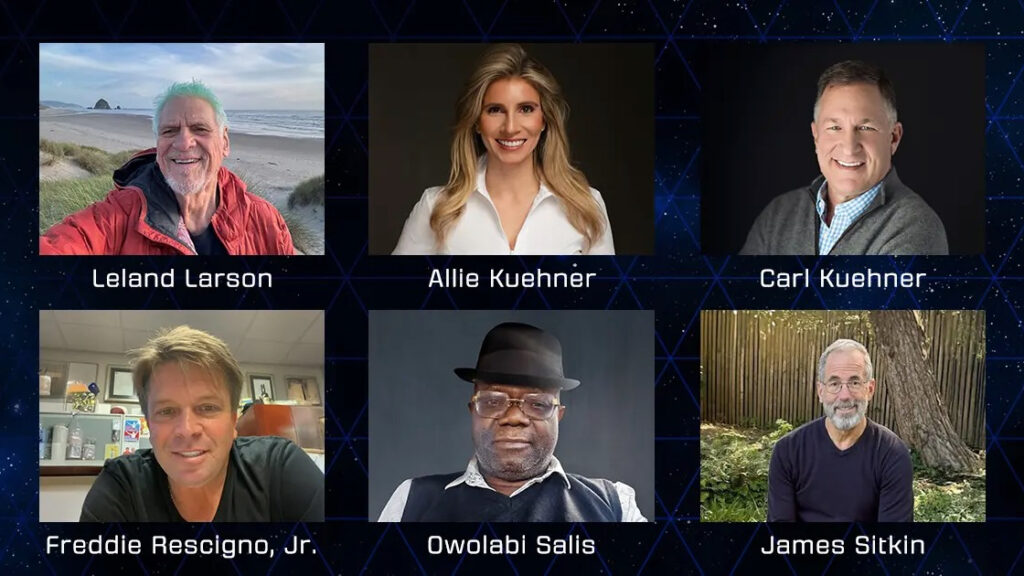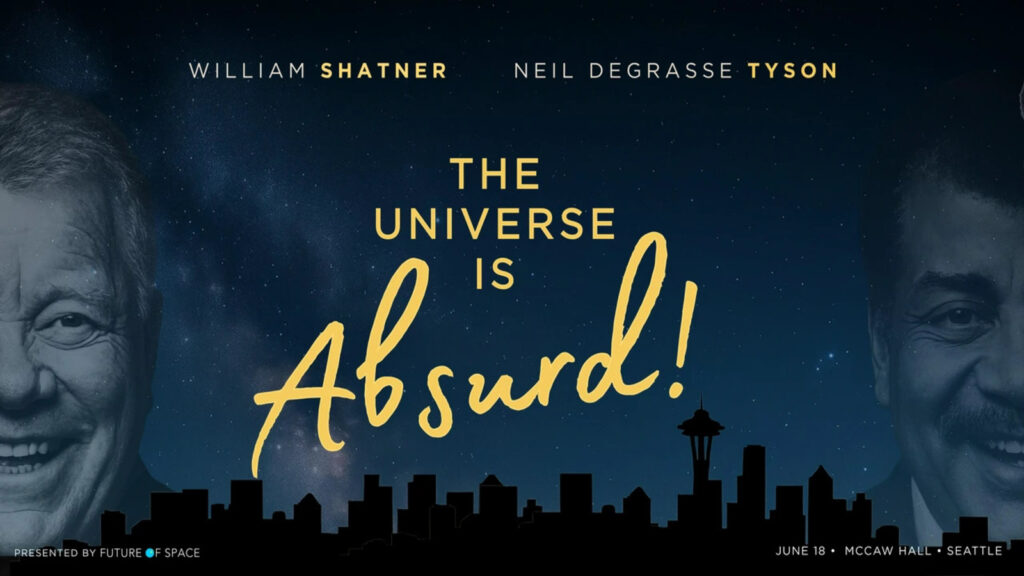
Dr. Michaela Musilova is the director of Hawaii Space Exploration Analog and Simulation (HI-SEAS) program, which conducts analog missions to the moon and Mars for scientific research at a habitat on the volcano Mauna Loa. Currently, she is in command of the two-week Selene IV lunar mission and contributed this report to Space.com’s Expert Voices: Op-Ed & Insights.
Commander’s report for the Selene IV moon mission at HI-SEAS
Lunar day 13 (March 25, 2021)
We baked everything. Today’s weather brought so much relief and joy to the whole crew that we had to celebrate. We were finally able to go on moonwalks without being plagued by dust storms on the moon (aka rainstorms on the volcano Mauna Loa in Hawaii). The absence of dust storms also meant that the HI-SEAS habitat’s batteries could be recharged fully using our solar panels. For these reasons, the crew went a bit overboard using solar power and baked ridiculous amounts of garlic knots (a HI-SEAS favorite), “panfins” (pancake batter muffins) and a chocolate cake. They literally baked everything that they could think of.
Funnily enough, that included baking rocks. The sweet smells of freshly baked goodies were quickly replaced by earthy and burnt odors. I quickly ran to the oven to find a bunch of smashed-up volcanic soil drying in there. The crew teased Mission Specialist Cameron Crowell that he baked volcanic rocks because he was so desperate to eat anything other than our freeze-dried food. It is true that eating the same old meals made with freeze-dried food on analog missions does get mundane very quickly.
Related: HI-SEAS crew struggle to keep up hope as relentless storms foil their ‘moonwalks’

However, Cameron was baking those rocks for his research on the magnetic properties of lava rocks for in situ resource utilization (ISRU) purposes. They include making building materials on the moon and Mars using local regolith (soil), as well as breaking down water in the regolith to create oxygen and hydrogen. Thanks to the good weather conditions, Cameron was able to collect all of the lava samples that he needed. He then pulverized them, dried them in the oven and used magnets to separate magnetic particles from the rest of the analog regolith. Post mission, Cameron will be working on a scientific paper using his research results. Nevertheless, the whole crew still insists that Cameron attempted to harvest local rock materials for sustenance, not for his research.
All jokes aside, the Selene IV crew did seem to suffer when they were not able to bake bread and diversify their meals. As one crewmember said: “Yesterday we had to survive without bread and that was horrible. Sadness. It was enough for the crew to almost go crazy. Today, filled with sunshine and baked goods, it seems like we’re living another life. It’s amazing what one day of sunshine will do.”

To save our crewmembers from too much despair, Crew Operations Officer Lori Waters decided to harvest the daikon radish microgreens that she had been growing for the crew. They added a nice spicy, green crunch to the rather unexciting lunar dinner.
The crew was so grateful for the refreshment the daikon radish brought to our day that Lori even wrote a lighthearted obituary for these microgreens: “Goodbye Daikon. We savored your color and spice. The crew of Selene IV will forever regard your contribution to lunar survival, especially as we resorted to eating the science experiments. Thank you for your sacrifice, texture and flavor. #NeverForgetDaikon”
As is clear from the obituary, space-farming experiments brought many positive physiological and psychological benefits to the Selene IV crew. Lori found that consuming microgreens, taking care of different plant-based experiments and her daily observations of the ExoLab-8 mission project enabled the crew to connect to “Earth.” Selene IV crewmembers were also able to consume nutrient-dense food and learn about how other organisms respond to extreme environments when being grown during analog space missions.

Crew Systems Engineer Bill O’Hara and Crew Engineer Jack Bryan were also able to complete their projects. Bill, who is a principal system engineer from the Sierra Nevada Corp., has completed data collection in support of a case study of the design of the HI-SEAS habitat. Additionally, he has completed two moonwalks into nearby lava caves where he tested methods of evaluating these formations for habitability in similar formations on the moon and Mars.
Jack was able to create and analyze a number of test materials using low-density polyethylene directly harvested from the habitat’s waste materials and analog regolith powder from the surrounding lava. Each sample was an improvement on the last, which Jack plans on studying for future ISRU research and applications.

During our mission, we have learned a lot about each other, as individuals and as a team. Science Communication Officer Monica Parks found through her study that we all have a common bond. Every one of us has encountered countless hurdles and rejections, as we have navigated through our careers and lives. We each embody the spirit of perseverance in unique and complex ways. That is why we get each other in ways that even those closest to us may not understand. Saying goodbye to this wonderful and super fun crew will be heartbreaking for me.
While our mission is coming to a close, I strongly believe that we will continue to be a space family and maintain these bonds between us, even after we’ll go back to our homes on “Earth.” I’m very grateful that I have been able to keep in touch and support my space family all around the world, even though in some cases it has been many years since we were on mission together. With some crews, we’re already preparing reunions and new adventurous journeys, such as climbing Mount Kilimanjaro and exploring different Asian countries.
Commander Musilova signing off to prepare a scavenger hunt (and partially a wild goose chase) for the Selene V mission that will be starting in a few days. My crew is preparing clues that will lead to the famous HI-SEAS “Easter egg” treasure and some rude shamrocks along the way to test the newbies on the moon. There’s always something to look forward to on these analog space missions!
Follow Michaela Musilova on Twitter @astro_Michaela. Follow us on Twitter @Spacedotcom and on Facebook.


